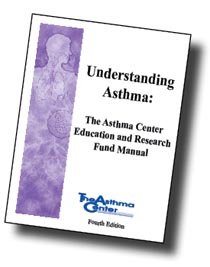What’s the difference between a cold, sinusitis and allergies?
If you have a common cold, you usually have a runny nose that is watery but can become thick and yellow. You may experience low grade (less than 100°F) temperature, sneezing, weakness and fatigue. Symptoms may start abruptly within hours and last 5 - 10 days, peaking within the first 5 days. If you have allergies, you do not have a fever and typically present with a clear nasal discharge and/or watery eyes. You may experience congestion, itching and sneezing. Itching can be experienced in the nose, throat and eyes. If you have sinusitis, you usually have more persistent, thickened mucous discharge present for more than 10 days. Changes in acute nasal congestion and discolored discharge that occurs after 5 days may also be a sign of acute sinusitis. Sinusitis can lead to headache and cough. Fever may or may not be present. See Table 32 for a comparison of these conditions.
How do you tell if you have sinusitis, a cold, or allergies?
| Symptoms | Onset | Typical Duration | |
| Sinusitis | Congestion Green or gray nasal discharge Post nasal drip Pressure in the face Headache Cough |
Develops as a complication after a cold. Can also triggered by allergies |
Can last weeks, months, or possibly years if not treated |
| Colds | Runny nose with watery to thick yellow discharge Sneezing Weakness and fatigue |
Symptoms develop within 1 - 3 days of exposure to the cold virus | 5 - 7 days |
| Allergies |
Congestion Runny nose with thin, watery discharge Sneezing Wheezing Itchy nose, throat and eyes |
Symptoms begin almost immediately after exposure to specific allergen(s); if seasonal allergies,symptoms occur at the same time every year; if perennial allergies, symptoms are present year round |
Symptoms last as long as you are exposed to the allergen; if that allergen is present year round, symptoms may be chronic |



